Basics: Here’s what makes a good pair of boardshorts
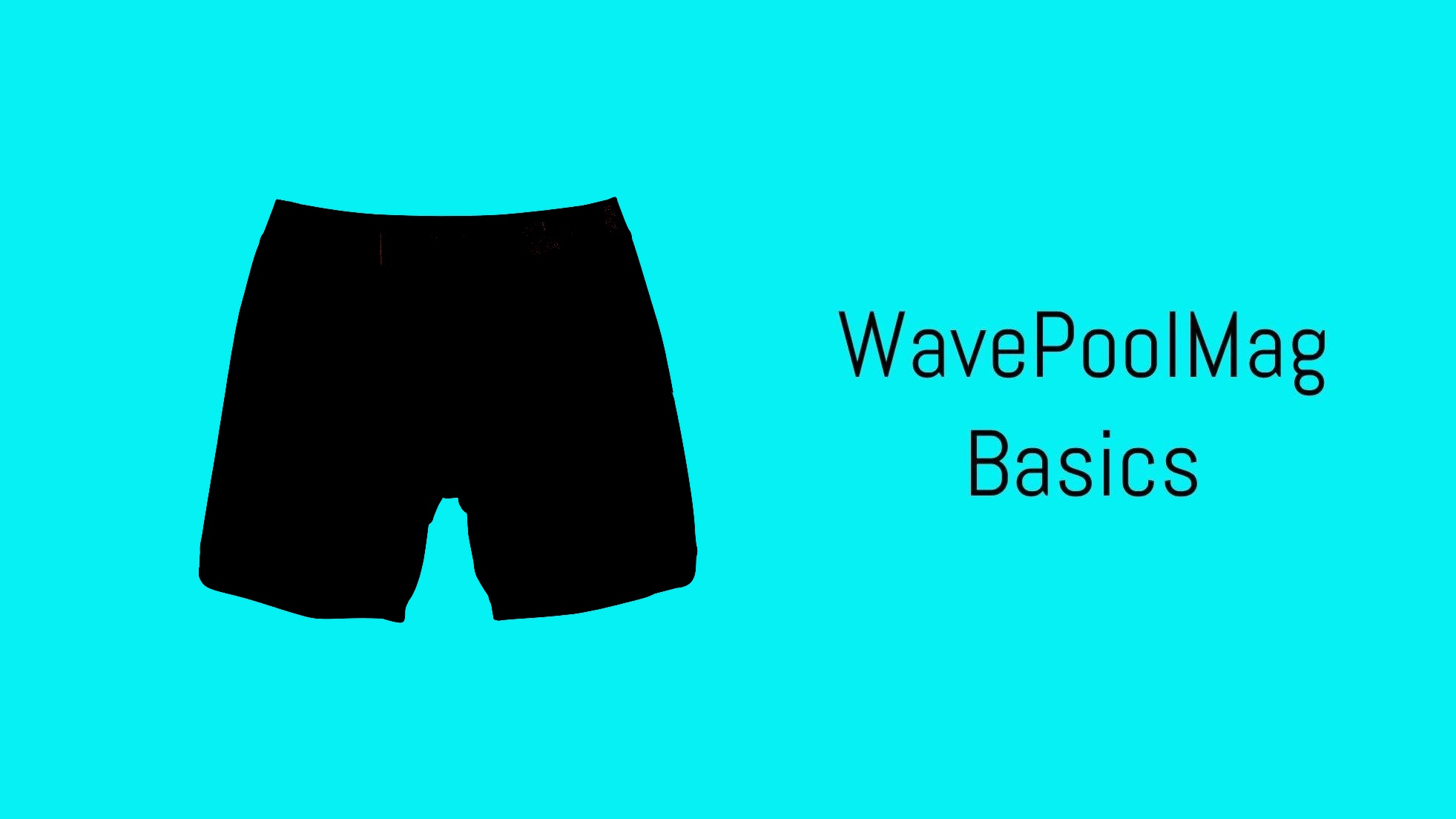
Smack dab in the heat of the northern hemi summer, wave pool wear has officially shifted from wettie to boardie. And just as there’s more to wetsuits than simply rubber and zippers, there’s way more to boardshorts (and bikinis, but we’ll cover that in another post) than simple cloth, cut and stitch.
As many wave pool learners find themselves purchasing a pair of boardshorts, it’s important to understand what works, what doesn’t and if that $100 price tag is worth it.
Compare the heavy, thick-seamed, slow-dry high-cut boardshorts of the 1970s and 1980s with today’s high-tech offerings. Top-shelf trunks mirror state-of-the-art wetsuit designs with each detail meticulously mapped out for comfort and movement.
Each and every pair of board shorts is comprised of the same basic performance parts: material, seams, fly, waistband and length. It’s the details of each piece and personal preference that, when added together, will make for a great short.
Boardshort Basics
You can swim in boardshorts, but you can’t surf in swim trunks.
First off, boardshorts differ from swim trunks in that they don’t have a mesh liner on the inside and they tend to be a bit longer in length.
Although volley ball shorts (high cut with an elastic waist) have become more popular, a traditional boardie leaves room to move and stretch. A bunched up waistband and a larger profile of material will drag through the water when you’re paddling or up and riding on a wave.
Think of what Olympic swimmers wear to cut down on friction – as little as possible. Unfortunately wearing Speedos in the surf leaves your thighs exposed to chaffing from the rails of your board.
Never, under any circumstances wear underwear under your boardies. The cotton will get wet and heavy and will rub you raw faster than a pair of sandpaper socks.
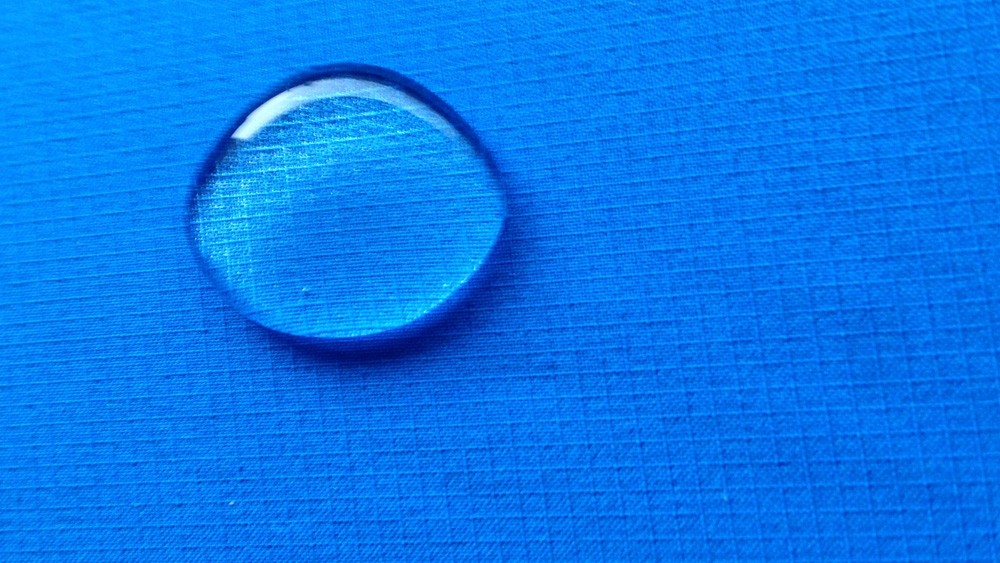
Materials and knowing your needs
The canvas cotton and nylon material of yesteryear, while super durable, is not comfortable. You’d be pressed to find a pair of heavy-canvas shorts today, but styles that harken back to those decades of thigh exposure and moustaches, are regaining popularity.
Material stretch is defined as either two-way or four-way. Two-way material either stretches horizontally or vertically. Four-way stretch moves in all directions.
Whatever material you choose be sure it breathes a bit so you stay comfortable. 100% latex is super stretchy, but would make a horrible pair of boardies because it doesn’t breathe. Concerned about plastic pollution? Many companies now offer recycled and upcycled materials in their designs.
If you’re choosing boardies for poolside BBQs, short wave pool sessions or just hanging out, you wont need high-end performance material. But for extended sessions you’ll want something that’s light-weight, stretchy, hydrophobic and quick-dry.
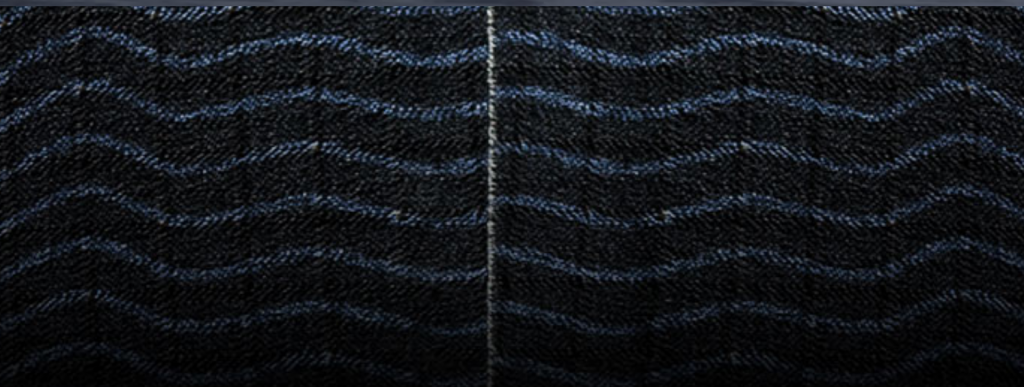
Seams
Seams are crucial to a board shorts’ performance and come in standard, finished, welded, taped and fused designs. Generally, the less seam protruding from the shorts, the less material there will be to rub against and chaff your waterlogged thighs, crotch and genitals. Any high performance material benefits are quickly lost to bulky seams.
So why don’t all great board shorts have high-end welded seams? It’s simply a matter of cost. The more flat or welded the seam, the more it costs to produce at the garment factory. This attention to detail drives up the price.
Next time you’re in the surf shop, rub your finger along the seam on a pair of $200 boardshorts. You shouldn’t feel any seam protrusion.
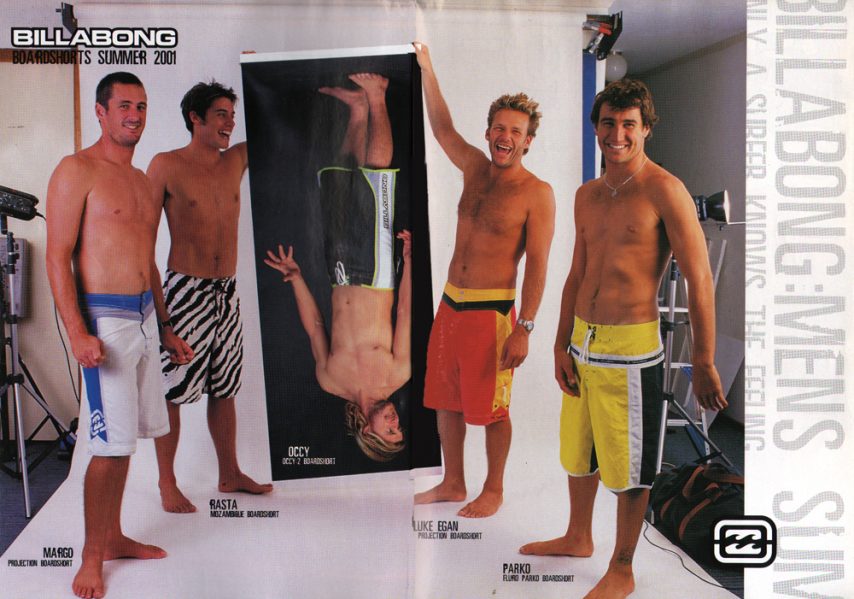
Fit
This one is obvious, but a short that’s too big will pleat at the waist and expose your ass during duck dives and wipeouts. It will also create drag in the water (like swim trunks). A too-tight boardie, regardless of how stretchy and high-performance the material, will make it hard to bend and move and won’t close properly at the waistband. Wear too-tight boardies and you also run the risk of muffin top.
Pockets
Originally designed so you could take your wax with you into the lineup, the pocket has evolved quite a bit. They can be either external (protruding) or hidden along interior seams. All board short pockets close with either a waterproof zipper, velcro, a button or nothing. A great board short pocket will not protrude from the profile of the short. Again, remember any protrusion creates unnecessary drag.
Also consider pocket placement. Do you like a side pocket or a back pocket? It’s actually pretty important. Some pockets sit squarely on one buttock while others are off to the side. Back pockets stuffed with a bar of wax or car key can be uncomfortable when sitting on your board. Most boardshort pockets have a key leash inside of them. Some shorts come with goodies like wax combs, bottle openers and fin keys. Lastly and most importantly, make sure there’s a proper drain hole for water to exit out of the pocket.

Waistband
A good fit will sit on your hips. In the fitting room you can tug on the short to mimic a wipeout or duck dive. See if they stay in the same place or slide down. Some great board shorts have specialised “cross-weave” waistbands. These will keep the shorts on your hips as you move through all the positions: paddling-to-sitting or sitting-to-standing and, yes, even getting sucked over the falls.
Fly and Closure Systems
Of course, the best waist band doesn’t matter if your fly won’t tie. For surfing all day, the less obstruction you have between your board and body, the less the short fly will rub you. A good way to find out if the fly system is legit on a board short is to turn the board shorts inside out and look at how the fly area is constructed. Rub your finger along the area to feel for hard edges created by seams or velcro. If the fly feels bulky with material, you will feel it when you lay on your board.
Board short closure systems are zippered, velcro’d, buttoned or non-existent. Buttons or zippers are better suited for more time poolside rather than actual surfing in the pool. One of the most popular designs is having an extra piece of stretch material where a traditional fly would be. It’s only a fly in appearance and doesn’t have any functional purpose.
Laces come in flat or round construction and some have little silicon dots melted onto them to help keep them from slipping loose. Current state-of-the-art for board short laces is a flat, stretchy material with some type of silicon material added. These stay tied better as the knot won’t slip.
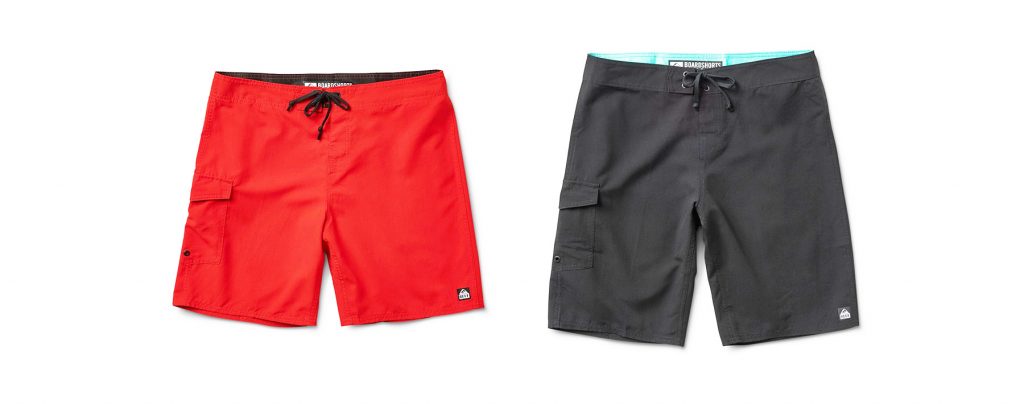
Length
Length is important because it protects your thighs when you transition from sitting on your board to prone paddling position. Shorts inseams range in length from 15’ to 21”. This is measured from the waist to where the shorts fall at the lower hem. A 15” short will sit well above your knee. Conversely a 22” out seam will protect your thighs and fall to just around the knees when standing. But you run the risk of the extra material getting caught on your knees when you go to stand up. This is known as “knee-drag.” The super-big board shorts of the early 2000s are making a resurgence, so be careful out there when balancing form and function. The peak inseam length for performance is between 18 and 20 inches.
Always remember to consider the material, fit, seams, waistband, fly, length, pocket design and general use before parting with your hard-earned cash on a new pair of board shorts. Good hunting and see you in the water.
Trackback from your site.
Related Coverage
